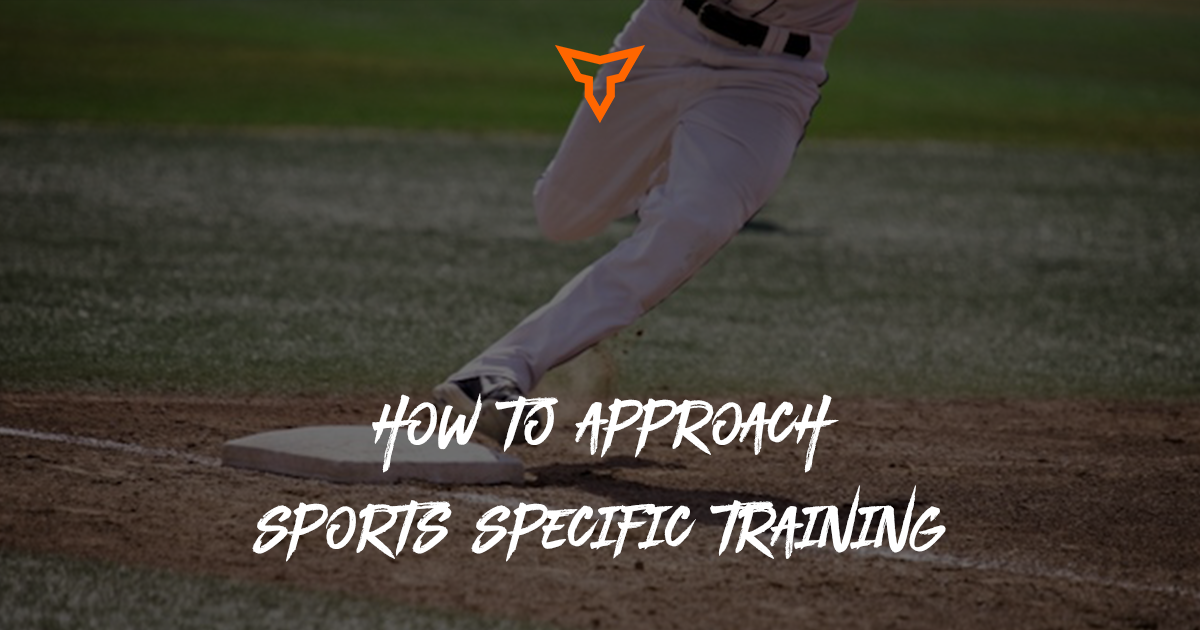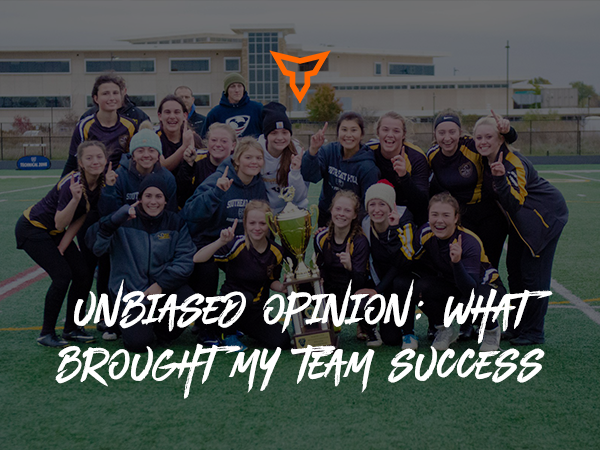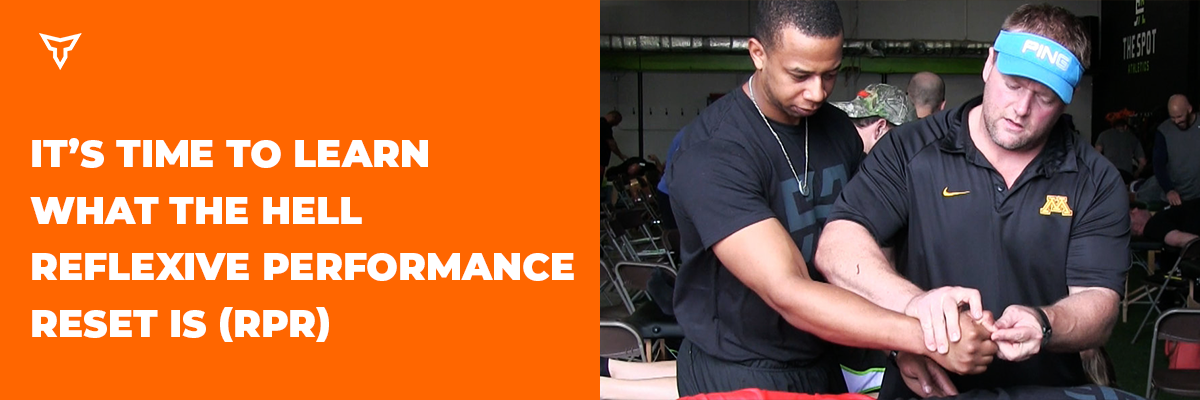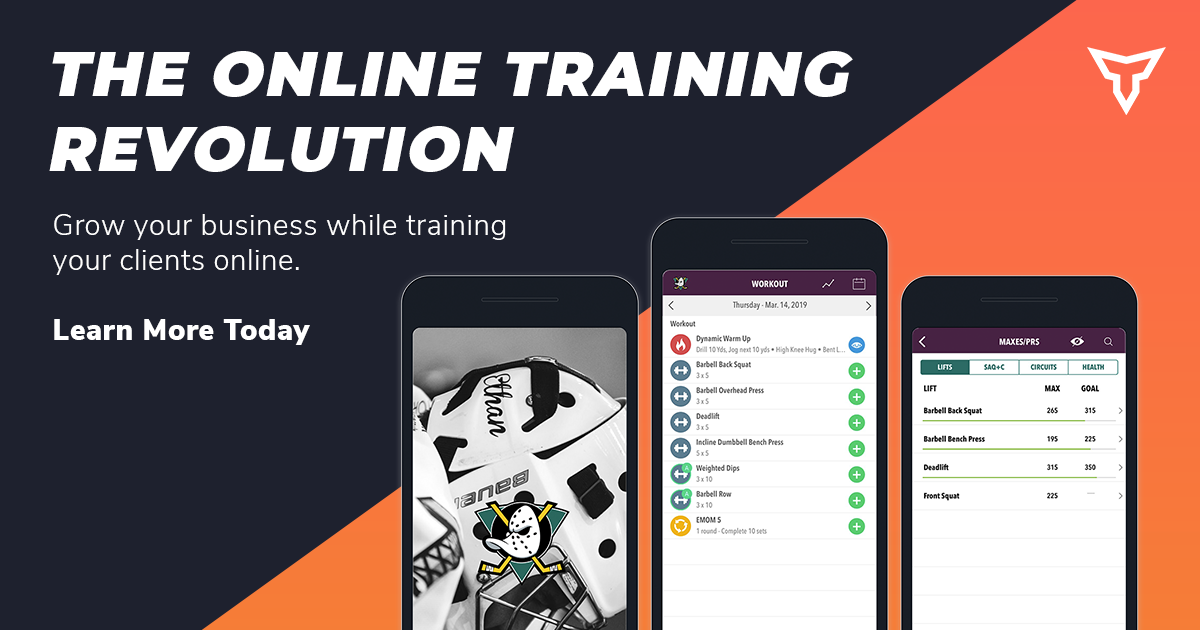Strength and Conditioning Lessons from the Unlikeliest of Sources
Have you ever sat down to watch a movie, in the purest attempt to enjoy it, and found yourself deep in thought about how that movie might apply to your team or perhaps your career? 🤔
This is a safe space. It’s okay to admit it.
If I am describing you, then we can certainly relate. Each morning I make the 30-minute trip up Parley’s Canyon from my home Salt Lake City to the U.S. Ski Team’s Center of Excellence in Park City. In the back, positioned in the center seat, is my 4-year old daughter on her way to grandma and grandpas for the day. She loves her karate class at the local studio and, over the past year, has discovered the movie series Kung Fu Panda. She watches it frequently on the trip to and from work.
As we drive, I listen. The first time up and down the canyon, I notice a few gold nuggets. Then, my daughter watches if for a second time - a few more nuggets, but this time they are more prominent. By the third time, I am salivating over the 24 karat lessons I can share with my team as well as apply toward my professional growth.
What follows are those 24 karat nuggets:
#1: Be More Than You Are Now
“If you only do what you can do, you will never be more than who you are.” - Master Shifu
If your athletes are like mine, they love to train the skillset in which they are most accomplished. They “only do what they can do,” or at least they prefer to. It’s understandable. No one wants to look bad trying something new, or worse, look bad when others are making it look easy. Sure, they enjoy a new challenge. But should they struggle, get ready for the negotiation, either their internal monologue or the verbal frustration.
Then I wondered, could this apply to me as a coach? Do I only coach “what I can do” or use so-called proven methodologies? Upon deep introspection, the answer is - yes! Over the past 20 years, I developed a system and repertoire of methods to enhance performance under a variety of conditions, with a variety of individuals, that I devoutly believe in. Why else would I have omitted tools and methods I am less familiar with, that given a chance, could get the athlete to a goal at a more efficient rate? Why haven’t I tried tools such as the steel mace?
We know there are serious ramifications if we fail to create an environment that is safe for individuals to take the learning risks that are part of exploration and development. But what are they?
According to Clapper (2010), a threatening learning environment can cause the brain to:
- Lose its ability to correctly interpret learning clues from the environment.
- Stay with tried and true behaviors.
- Lose its ability to index, store, and access information.
- Become limited in its responses.
- Lose the ability to perceive relationships and patterns.
- Become less able to use higher-level thinking.
- Lose long-term memory capacity.
- Overreact to stimuli in a phobic-like manner
Creating a safe learning environment can be akin to revisiting kindergarten where learning is active, moving, and filled with risk-taking and collaborative instruction. A more adult analogy might be that of “What happens in Vegas, stays in Vegas.” In other words, what happens during that session, unless it is to celebrate an accomplishment, stays in that session.
#2: Control Is An Illusion
“My friend, the panda will never fulfill his destiny, nor you yours until you let go of the illusion of control” - Master Oogway
Many athletes, including many of my own, tend to believe they control the outcome of a match, game, or event. In reality, there are far too many outside factors, even in the most individual and objective sports, to say the athlete has control of the outcome.
Let’s use golf as an example—an individual sport with an objective result. The athlete has control up, and to the point, the clubface strikes the ball. Then a myriad of factors strip control away like Tai Lung after the Dragon Scroll. Things like wind speed and direction, landing surface, angle, and debris all come into play. And don’t even think about controlling your competitors, which would be necessary if you were to control the outcome.
As a coach, this is perhaps my most difficult personal struggle. I wanted, scratch that, I needed to be able to drive certain outcomes. There have been times when my illusion of control directed fantasies of governing my athletes’ lives in a way that was not possible.
In truth, we can’t even control how, or to what degree, they will adapt to our training prescriptions!
Perhaps, our desire to control can be better thought of through the lens of influence. As coaches, we are inherently educators. Therefore, we can influence the behavior of our athletes. My advice is two-fold.
First, direct athletes attention to what they can control:
- Their attitude.
- Their effort.
- Their attention to detail.
Second, teach your athletes. Teach them how to:
- Move efficiently and forcefully.
- Fuel and hydrate.
- The importance of sleep and the use of sleep hygiene.
- Be a healthy, well-rounded athlete.
- Be flexible - in behavior and response and in feelings and thoughts.
When you need to have control, you forgo flexibility and place a lower than necessary ceiling on your capacity for engaging in and enjoying the sport. It’s like trying to hold a water balloon. The more tightly you try to grasp it, the more likely it is to burst. If instead, you carefully and flexibly cup the balloon in your open hand, you’re much more able to “control” its movement without getting wet.
#3: There Is No Secret Ingredient
“I think it's time I told you something I should have told you a long time ago - the secret ingredient of my secret ingredient soup. The secret ingredient is - NOTHING! To make something special you just have to BELIEVE it's special.” - Mr. Ping
Athletes are continually seeking a competitive edge and coaches, therapists, specialists, educational and governing institutions, and retail organizations are looking to sell them on the next “big thing.” Don’t believe me? Here is a search for “competitive edge for athletes”. How many sales jobs do you see?
As coaches, we should remember that we coach PEOPLE and not strength, power, speed, or sets and reps. This is well written about in the context of coaching and even more prominent in contemporary management literature. Coaches looking to explore this topic should pick up the recent books Conscious Coaching, by Brett Bartholomew and The Language of Coaching, by Nick Winkelman. Two authors, I have no affiliation with, but certainly enjoy reading their material.
Fundamentally, the secret ingredient for coaches and athletes might be similar to that of Mr. Ping’s message to Po. To believe something is special requires that a great deal of care be put into its creation.
- Athletes should care enough to be passionate about their sport, to keep learning and strive for mastery, and to be persistent in good times and bad. Care, in this form, will develop a belief in the talent they possess and their ability to be the best that they can be.
- Likewise, coaches should care enough to continue to learn; to master their craft in all domains - the cognitive, the affective, and the psychomotor. As our coaching improves, so will our athlete’s abilities. As their potential blossoms, so will our belief in them.
I challenge you to four actions:
- Step out of your comfort zone. Explore alternative thoughts, methods, and fields of study while creating a safe and dynamic learning environment for your athletes, coaches, and colleagues.
- Work to influence and teach daily. Your athletes should be the mirror in which you see your teaching.
- Care. Care deeply enough to learn, apply new-found knowledge, get to know what makes your athletes the best version of themselves.
- Be awesome; be a hero for your athletes and your own story. Fight for them and alongside them as you learn and grow together.
In the parting words of Po (THE Big Fat Panda), “Anybody who has ever unraveled the power of inner-strength and chosen to be special can become the most extraordinary hero, after all, there is no charge for awesomeness – or attractiveness.”
Clapper, T. C. (2010). Creating a safe learning environment. PAILAL, 3(2), 1-6
Subscribe to our blog
Subscribe to receive the latest blog posts to your inbox every week.
Related posts

Are Strength Coaches Scared of Sports Specific Skill Training?

The Unbiased Experiment: What Brought My Girls Program Success


